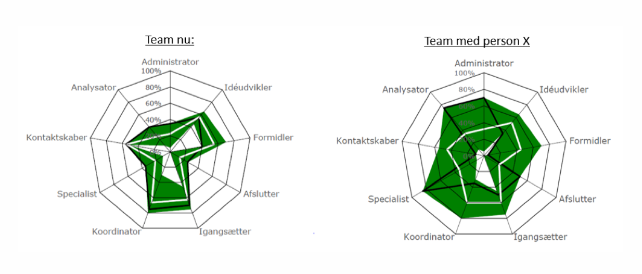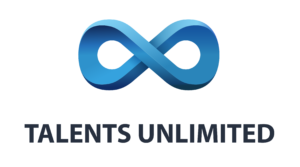Human Due Diligence
Human Due Diligence is a crucial process during a business transfer or merger. It focuses on the company’s human resources, including management and employees, to ensure that the necessary talent exists or that gaps are highlighted. Many investments and start-ups fail due to poor team composition and a lack of talent that often goes untested. By allowing employees to test and create a team report, this crucial element can be examined and the foundation for a good integration can be laid. It’s important to recognize and prioritize human resources in the M&A process and ensure key employees are retained.
M&A stands for “mergers and acquisitions” and refers to the process of buying, merging or acquiring companies to gain strategic advantage, increase market share or achieve other business goals. The M&A process often involves a thorough examination of a company’s assets and liabilities, including its human resources, financial records and market position, to assess the potential success of an acquisition or merger. M&As are an important strategic decision that can have a major impact on the future growth and success of a company.


TT38 Talent Test and Human Due Diligence
The TT38 talent test and the complementary tests provide the tools to make an accurate Human Due Diligence analysis.
By taking human capital into account, you will achieve much higher success rates with your M&As.
The solution is an accurate Human Due Diligence analysis that measures and identifies the human capital in an M&A (Harding & Rouse, 2007).
Read on for more information
Did you know that?
(MERGERS AND ACQUISITIONS)
Clayton Christensen from Harvard estimates that 70-90% of all M&As fail.
Most M&As fail to deliver on expectations of shareholder value.
What is the cause?
The main reason for this, according to research, is people.
- It’s about maximizing the potential of human capital in the merger.
- Human capital can be boiled down to: individuals, talents, and how these are brought into play in teams.
To achieve success with this:
- Objectively identify “talent”.
- It is unknown whether an existing key employee will work in a new role.
- It is unknown if existing key employees will work in new teams.
Problem 1:
Lack of method and measurement unit
Talent is used to describe individuals that leaders subjectively favor.
Assumption: That a person is or is not a talent.
Our solution:
– We define talent based on 34 cognitive talents, which determine where an individual has their strengths.
– These talents are measured with the psychometric test, TT38.
– This provides transparency regarding which talents an individual possesses and where the individual has the greatest development potential.
Problem 2: Lack of clarity about key employees’ potential in new roles and teams
A merger involves change, new roles, and new collaborations.
Our solution: To achieve success, we work with a fit model (Kristof-Brown et al., 2005) with three separate but overlapping fits:
– Person-Job fit: Does the person have the right talents for the job function they need to fulfill?
– Person-Supervisor fit: Is there a good match between the person and their immediate supervisor? – Person-Team fit: Does the person fit into the new team?
Person-Job Fit
Two options
Describe the new role with talents and set talent requirements – Which talents are the entry ticket?
Test existing top performers and use their average to create a success profile.
Person-Supervisor Fit Test
The employee and their (future) immediate supervisor – is it a good match?
Where do they complement each other and where is the potential for conflict?
Person-Team Fit
How do the new teams look?
Can they cover all the relevant roles and achieve their goals?


